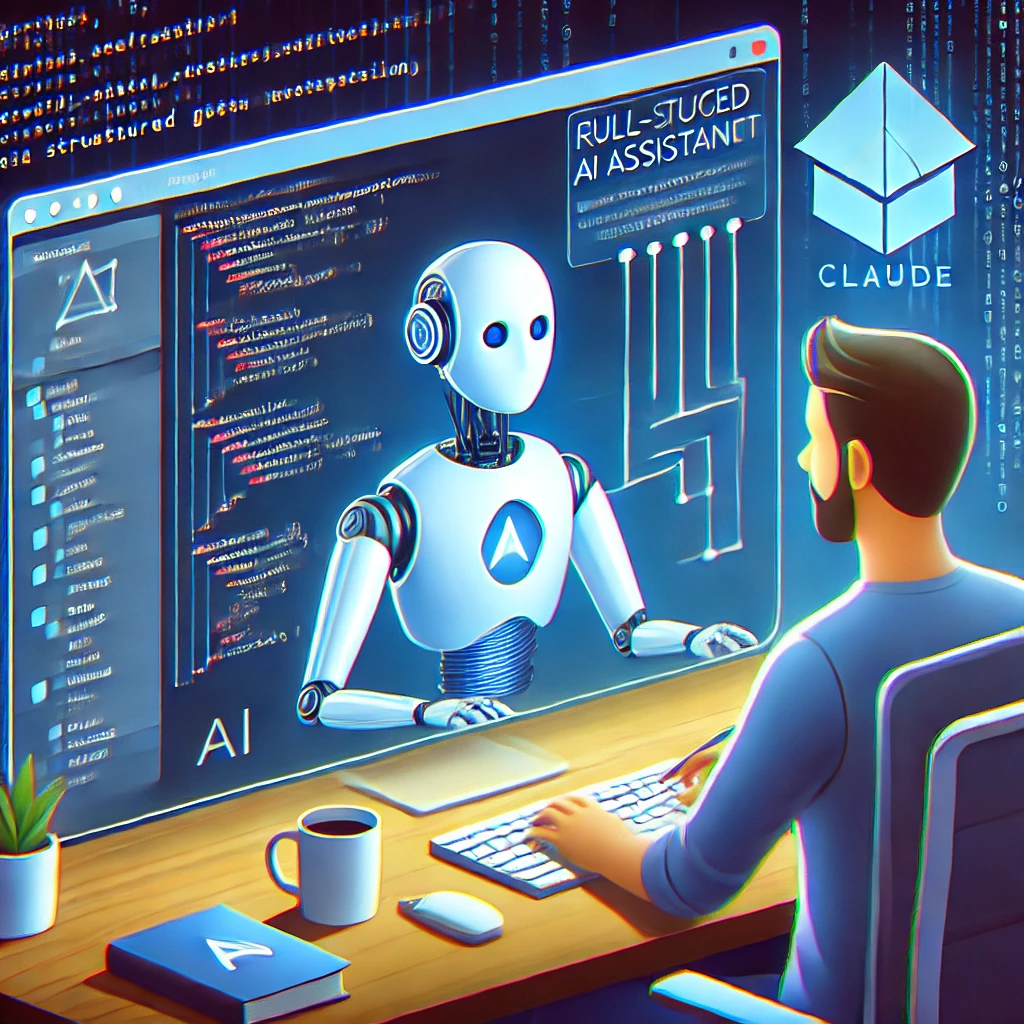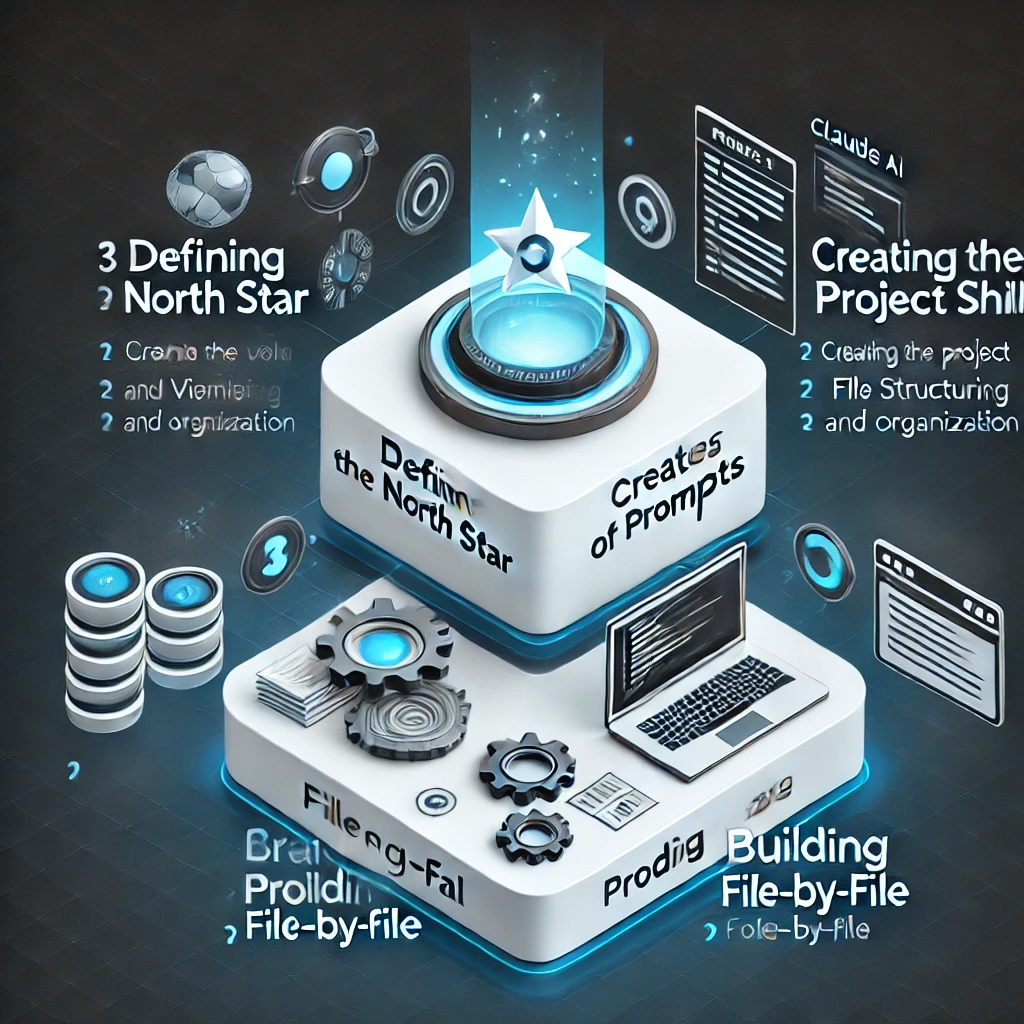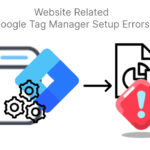
How Claude’s 3-Step Workflow Helped Me Build My First Full-Stack App from Nothing
Huge credit to Brandon Hancock for developing this Claude 3-Step Workflow—without it, I wouldn’t have been able to build my first full-stack application. This framework provided the structure and clarity I needed to go from zero experience to successfully developing and deploying a real web app.
Before using Claude’s structured workflow, I had no idea how to build a full-stack application. I knew some basic Python, had experience with WordPress, Joomla, HTML, and CSS, but I had never built anything close to a real web app.
I had no clue about the structure of a full-stack app—what files were needed, what functionality belonged where, or what best practices to follow. If I had tried to build it from scratch without this framework, I would have been completely lost.
Using Claude’s 3-Step Process, I was able not just to build my app more efficiently, but to build it at all—learning everything on the go, through doing.
In early 2023 (at age 46), I decided to take it a step further and started learning Python. Then, in June 2024, I began experimenting with PHP scripts on our WordPress site—just playing around, tweaking things, and trying to understand how it all worked.
By October 2024, I took on a much bigger challenge: building a Football Team Management App from scratch using Python, React, and PostgreSQL. It wasn’t just about learning to code—it was about solving a real-world problem.
With the help of AI tools, I managed to develop the app in just six weeks (~100 hours). But getting it to actually run in production? That was another story. Deployment took two more months (~150 hours) of troubleshooting, frustration, and persistence.
Now, in March 2025, the app is live and being used by my son’s football team. Looking back, I can say one thing for sure—building an app is one thing, but making it work in the real world is a completely different challenge.
The 3-Step Process & How I Used It
Step 1: Defining the North Star 🌟
This was my first breakthrough. Instead of jumping straight into coding, I used Claude to ask structured questions about my project. This helped me:
✅ Clearly define what I was building and its core features
✅ Choose the right technologies (React, FastAPI, PostgreSQL)
✅ Create a Master Plan—a blueprint I could follow
💡 Before this, I didn’t even know what an API was supposed to do! Claude helped me structure my thoughts and approach before writing a single line of code.
Step 2: Stubbing Out the Project 🏗️
Once I had a plan, I needed to build the skeleton—an empty project with all necessary files.
✅ Claude generated the file structure and stubbed out files
✅ Every file had a comment explaining its purpose
✅ This gave me a clear picture of how everything connected
💡 This was a game changer. I had never built anything like this before, so having a structured scaffold to fill in made everything much more manageable.
Step 3: Fully Implementing the Code 💻
This was the hardest part—actually writing the code for each file.
✅ I worked one file at a time to stay focused
✅ Claude knew the file structure + overall knowledge base
✅ I relied on AI-generated code while learning on the go
💡 My biggest struggle here?
I was new to JavaScript/TypeScript syntax, didn’t fully understand how the backend worked with APIs, and was applying my Python knowledge to JS files, trying to figure things out. AI was my teacher and assistant at the same time.
Challenges I Encountered Along the Way

While this workflow was incredibly helpful, there were still big challenges:
1️⃣ Claude’s Memory Limitations 🧠💾
- As the project grew, Claude’s memory started to fill up quickly.
- Tokens were being spent like crazy—I could only work 1-1.5 hours before hitting limits, then had to wait 3+ hours (even on the paid plan).
- Solution: I wrote a small script (with AI’s help) to generate a full project structure automatically. Whenever I added something new, I updated the structure so Claude could understand what was happening.
2️⃣ I Needed AI to Understand the Full Codebase 📂
- In the beginning, I had no idea what half the files were doing.
- Since I was learning JS/TS from scratch, I needed Claude to have the full project context so it could guide me properly.
- Solution: Over time, as I understood how the backend and frontend worked together, I started removing files from memory to extend my working sessions.
3️⃣ Deployment Was a Nightmare 🚀🔥
- Google Cloud error logs were huge and quickly filled up AI memory.
- Debugging long errors was painful, but over time I learned how to troubleshoot without relying on Claude for everything.
4️⃣ Claude 3.7 vs. Claude 3.5 ⚖️
- Just as I finally deployed my app, Claude 3.7 was released!
- It has a longer memory, is more reliable, and allows longer coding sessions.
- BUT it’s also too proactive—it tries to generate multiple files at once, which caused issues.
- Solution: I added specific instructions to limit it to 1-2 files per response to keep things under control.
Comparing My Skills Before & Now
🚀 Before:
❌ I had no experience with full-stack apps
❌ Didn’t understand APIs, backend/frontend interactions, or best practices
❌ Relied 100% on AI guidance
💡 Now:
✅ I fully understand my codebase and can develop new features faster
✅ I use Claude 3.7 + Cursor for automating tasks while still keeping control
✅ I no longer need to ask AI for everything—I can figure things out myself
This entire process was a massive learning curve, but I can confidently say that I’m building much faster and safer now.
Adapting the 3 Prompts to My Needs
As I progressed, I fine-tuned the 3 prompts:
✔ Adjusted the implementation phase to prevent breaking existing functionality
✔ Added specific warnings to make AI-generated code more cautious
✔ Optimized how I used AI memory to work for longer sessions

Final Thoughts: Why This Framework is a Game-Changer
This Claude 3-Step Process by Brandon Hancock helped me go from zero to a deployed full-stack app in just 3 months.
✅ It provided structure—without it, I wouldn’t even know where to start.
✅ It helped me learn while building—I wasn’t just coding blindly.
✅ It allowed me to actually complete the project—instead of getting lost in complexity.
💡 Now, I’m using this same method for my next project—but even faster, thanks to what I learned. I’ve also started using Claude 3.7 + Cursor to automate more tasks while keeping control.
🚀 If you’re starting out with AI-assisted development, I highly recommend this approach. The struggle was real, but the progress was worth it.
🎉 Huge thanks to Brandon Hancock for creating this framework!
Conclusion & Let's Connect 🚀
💡 What about you? What framework or workflow do you use when building apps with AI? Have you faced similar challenges?
🔹 Let’s connect! If you’re working with AI-powered coding or just starting out, feel free to reach out—I’d love to exchange experiences and insights! 🚀
Tags:
Building with AICategories
- Building with AI (2)
- Data Analysis (4)
- Data Collection (4)
- Data Driven Marketing (6)
- Data Preprocessing (2)
- Reporting (1)



